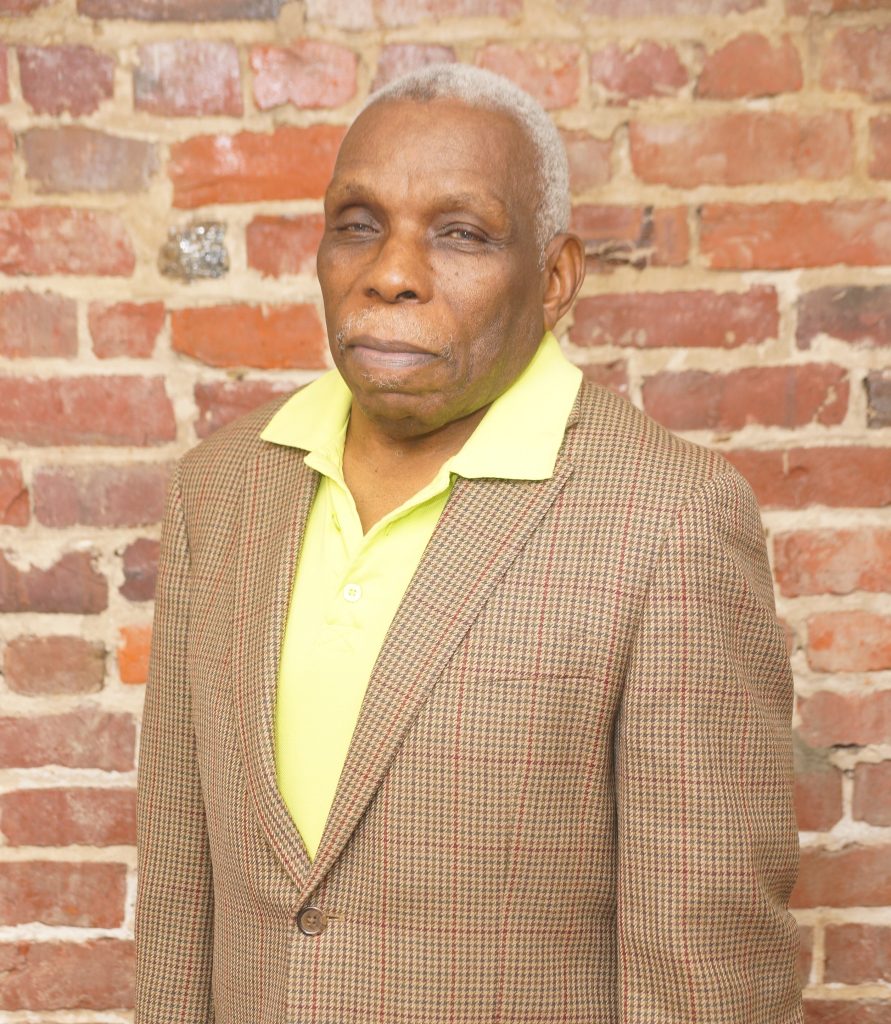Even before the Ayers settlement agreement was signed on March 29, 2001, various leaders in the state of Mississippi began parading the big lie that the state was pumping more than $503 million into the state’s three historically Black universities as a settlement of Ayers vs. Musgrove. It did not matter that many plaintiffs, through the media, objected and tried to set the record straight, the big lie persisted.
The amount of $503 million was derived by adding the funds for student financial assistance, academic programs for the three universities, capital improvements for the three universities, public endowments, private endowments, and attorney’s fees. For the average layperson, it made sense because “figures don’t lie”. Of course, in this case, it becomes necessary to remember the second half of the old adage, “but liars lie”. Many of those who promote or parade the idea that $503 million were provided to Alcorn, Jackson State, and Mississippi Valley State use “sleight of hand” or deliberate misrepresentation in discussing the funds.
The amount given was only $320,680. Of the six categories of funds in the agreement, only two – funds for academic programs and funds for capital improvement – were instances where money was actually given to the three universities.
The funds for the public endowment were for scholarships for white students, not the universities. It should be noted that during this same time period, traditional scholarship money at these universities decreased, in that sense, off-setting much of the public endowment money. The further reason why the funds cannot be counted as coming to the universities is because even the process for the white students receiving the scholarships went through the Board rather than the universities’ offices.
The funds for student financial assistance is subject to much of the same criticism. It was money used to help student applicants with certain deficiencies gain regular admission the public universities. It was money available at any of the universities that cared to and planned for such summer remediation. Furthermore, if and when students had their deficiency removed, they were free to attend either of the universities, not necessarily the one wherein they had received the summer remediation.
To many citizens, the provision dealing with attorney’s fee of $2.5 million read more like a bribe than an item for the settlement of a lawsuit. That impression is heightened when it is realized that Attorney Alvin Chambliss, the longest tenure member of the plaintiff’s set of lawyers, did not agree to the settlement terms and did not share in the $2.5 million. At any rate, those funds were not given to the three universities.
Fourth, there is the matter of the funds for the private endowment. That section of the agreement was written in such a manner as to hold nobody responsible for the $35 million. As of this date, only $1 million has been raised. Apparently, the state cannot be sued over, nor compelled to provide, the funds. If that is the case, the $35 million private endowment money, like the other $75.5 discussed immediately above, should not be counted as money pumped into Alcorn, Jackson State, and Mississippi Valley State University through the Ayers settlement.
Again, only $320,680 went directly to the universities. The $503 figure is a big lie that is still being pronounced.
The pittance given to Alcorn, JSU, and Mississippi Valley stands in clear contrast to the $577 million appropriated to Maryland’s historically Black universities – Bowie State, Coppin State, Morgan State, and the University of Maryland Eastern Shore, even though theirs were not sufficient. Furthermore, by spreading the Mississippi funds over a 17-year time period, as opposed to just 10 in Maryland, it had even less of an impact year to year.
The big lie, regarding Mississippi’s settlement funding in its totality, is truly bad but believed by many. Yet, it is not the only lie promoted in the settlement document and believed by many people both inside and outside the state and academe.
Clauses Seven and Eight of the settlement agreement speak specifically of Jackson State University, calling it a comprehensive university, designating Mississippi Veterans Memorial Stadium as the home of the JSU Tigers, and granting JSU control of the Universities Center, subject only to the Board. The bottom-line in each case, however, is that there is much less provided there than meets the eye.
According to the document, JSU should be recognized as a comprehensive university, but that recognition does not change its institutional mission classification. Accordingly, its funding has not changed; it is not on the same level as Ole Miss, Mississippi State, and Southern Miss. Similarly, designating the stadium as the home of the JSU Tigers is not the same as granting ownership of the stadium to the university. The only changes in that regard were the signage on the stadium and JSU being given representation on the Stadium Commission. Finally, to say that JSU has control of the Universities Center, subject to the Board, means that nothing was changed. The Board already had and continues to have the last word regarding the facility’s use, no matter what else is said and done.
If history and the dominance of white supremacy continue in their traditional patterns, the big lies regarding the total package will continue to be paraded, listened to, and believed. Rather than always waiting to be on the defense, here is an opportunity for Black people, the plaintiffs, to go on the offense. As on many other issues, only the aroused and united opposition of the people will bring about any change in the rhetoric or the reality when it comes to racial justice.







